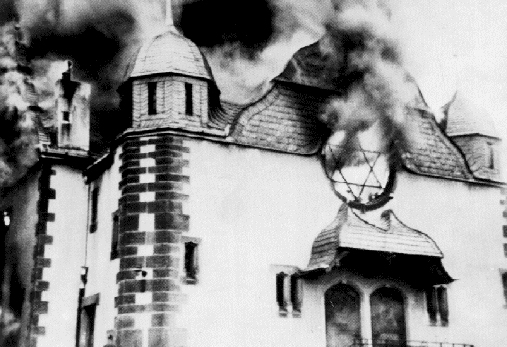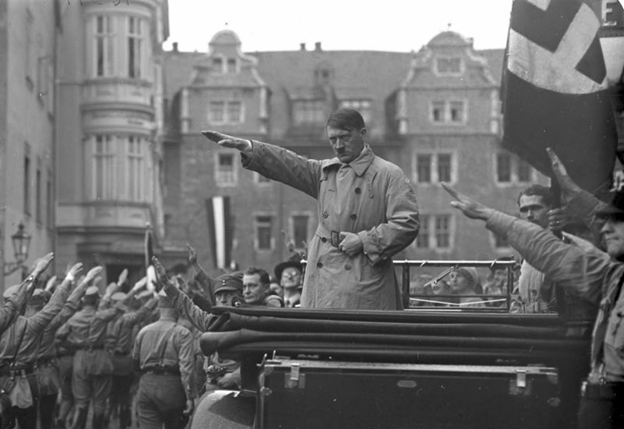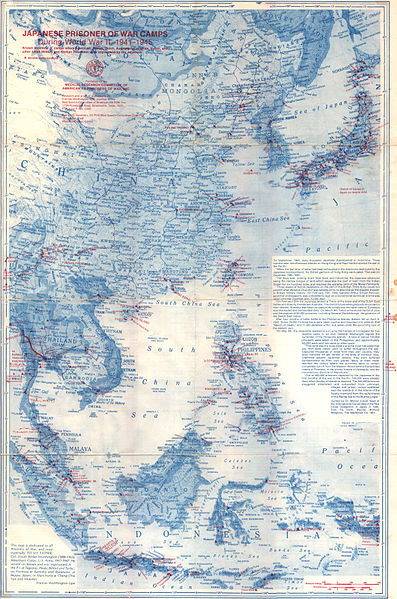Introduction

The period between World War I and World War II was marked by a worldwide economic crisis and a tense international situation. There were serious underlying problems which contributed to alternative systems such as Totalitarianism, Fascism, and Nazism. As you saw in the last Module, most of the industrialized world faced the Great Depression – a worldwide phenomenon caused mainly by the economic imbalances resulting from the disorder of WWI.
Macrohistory: Civil War, Lenin and the Rise of Stalin (10 pages)
Macrohistory: Spain and Civil War (2 pages)
Macrohistory: Mussolini and Fascism in Italy (5 pages)
Macrohistory: Austria, Left and Right, to 1934
After World War II, nationalism seemed to disappear because Europeans at the time associated nationalism with Fascism. The left gained credibility and took over in some Western European countries. After all, communists played a significant role in resisting the Nazis. The conservatives were discredited and associated with dictatorship. Another border realignment created truer nation states since borders were drawn more according to ethnic lines. Some things, however, remained the same.
Dictatorships survived in Spain and Portugal, even after WWII. Anti-Semitism also survived. With the exception of 12 female guards at Auschwitz, only the Nazi leadership was put on trial; the remaining party members escaped punishment. This skillfully suppressed Nazi past stimulated student revolution in 1968.
Historical Perspective of Antisemitism
There is a long tradition of anti-Semitism in Western culture, but it was especially entrenched in Germany. Part of this was the demonization of Jews among European Christians for “killing Christ”. The role of Jews in the crucifixion became the justification for treating Jews as second-class citizens back to the Middle Ages. This was especially true during epidemics and other times of hardship which Jews were often blamed for causing. They could not own property or work in the artisan crafts. This forced them into banking, and required Jews to be relatively mobile, especially given periodic persecutions against Jews, which were encouraged by local nobility and the Churches in order to maintain control over common people. The legacy of this anti-Semitism was used by Hitler to show Germans that Jews were too cosmopolitan and had no national loyalty. He also stirred up anger against the banking establishment because of German Jews.

By 1940, democratic regimes (Great Britain/France/Scandinavia) allowed Jews to be citizens. They were freed in France as early as 1789. In areas dominated by authoritarian and monarchical regimes, Jews lacked rights and citizenship, especially in the East. In these areas, they were segregated in villages and cities. In Germany, a balance between these extremes existed. During the 19th century, German Jews gained some civil rights and more integration. Jewish families worked to integrate into German society in order to have the same rights and obligations as other Germans. They were fully assimilated into German society by 1940 which made their persecution much more shocking.
War in Europe

The causes of the Great War were very complex with no clear aggressor. However, World War II in the European theater was the responsibility of one man – Adolf Hitler. On September 1, 1939, Nazi Germany invaded Poland from the west and on September 17, the Soviet Union from the east. Both countries were responsible for terrible war crimes.
Conflict in the Modern World: The Origins of World War I and World War II. Films on Demand. 2008. Accessed October 31, 2020. https://ccco.idm.oclc.org/login?url=https://fod.infobase.com/PortalPlaylists.aspx?wID=151823&xtid=49808. 29:17.
Rise of Germany: 1933-1939 [via Films on Demand]
If you get an error saying the video can’t be authenticated, use the link found in the title to view it.
Macrohistory: Hitler and Germany, 1928-35 (4 pages)
Macrohistory: Passivity and Aggression in Europe to 1936 (3 pages)
Macrohistory: Crisis and War in Europe, 1937-1940 (11 pages)
Before the invasion of Poland, Hitler signed a non-aggression pact with Joseph Stalin, the Soviet leader at the time. However, this agreement was broken when on June 22, 1941, Hitler decided to invade Russia. This forced Russia into the Allied camp. Although this alliance was necessary to defeat Nazi Germany, soon after this was accomplished, distrust between the United States and the Soviets grew into the Cold War.
Macrohistory: Roosevelt and Approaching War in Europe (5 pages)
Macrohistory: War in Europe, 1941-1945 (10 pages)
War in Asia

Japan emerged from the Great Depression by the middle of the 1930s, because its government invested heavily in the military and heavy industry. Japan followed the European economic pattern of protecting their economic rights within its spheres of influence. It established colonies in Manchuria, Taiwan, and Korea to access sources of raw materials for its heavy industry, installing “puppet governments.”
Many young men from rural areas joined the Army to escape extreme poverty. They linked economic stability with military conquest. The Japanese Army fought against the Soviet Union and China to protect its assets in Manchuria. The Japanese viewed themselves as Asia’s champion, so they looked down upon other Southeast Asian peoples.
Macrohistory: China, Civil War, and Japan’s Intrusion, to 1936 (4 pages)
Macrohistory: Japan Wars against China and the Soviet Union: 1936-1938 (4 pages)
Japan has few natural resources, so it depended on imports for steel and oil. Roosevelt stopped the shipments of oil and steel to Japan, which left it with six months of reserves for military operations. Japan feared the United States would support the Chinese resistance to its invasion. It knew most Americans did not want to enter another world war. It attacked Pearl Harbor with the intention of destroying that U.S. fleet – calculating incorrectly the U.S. would let it consolidate its Asian empire.
Macrohistory: Pearl Harbor and War in Southeast Asia (6 pages)
Macrohistory: War Against Japan, 1942-1945 (8 pages)
References
Asia for Educators. Japan’s Quest for Power and World War II in Asia. Columbia University. August 14, 2018. http://afe.easia.columbia.edu/special/japan_1900_power.htm#top.
